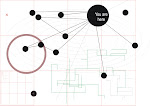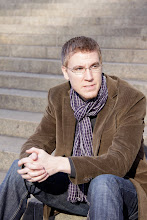.jpg)
Another set within this series on panels deals with lost vernacular photos as objects and the severed memories associated with the photos themselves. This series has a tentative artist statement associated written below.
Somewhere hanging delicately between subjectivity and objectivity, memory functions. More than simple recall or a mental rolodex, memory is constituent of our very being. It informs. It orients. It is the deep well of our imagination. It can be shared and it is in perpetual reform. Within this delicate and mysterious dance, photography’s process and product enter as curious partners of memory’s fact and fiction, accuracy and distortion.
The photographic object spins out a silvery thread linking a past moment to the ongoing present. Our awareness of such is what Barthes’ called startling prick of the punctum, that historical moment of the shutter snapping open and closed allowing light to pour in and write its lingering image. That moment may persist for viewers today if they are able to wade through the flood of images that daily dull our senses, they may arrive at the alchemy of the photographic object itself.
This body of work draws upon the interplay of memory, identity and the photographic object itself, while playing with traditional forms of Christian iconography and devotional altars. By re-presenting lost vernacular photographs through such wooden panels, it intends to impart a loose religious reading to both the lost photographic object and its referent. Heightening this religious sense are the photographic processes themselves. By utilizing hybrid or alternative photographic processes, it creates a curious sense of age and sentimentality. Coupling these paneled images with smaller cutout images continues my interest in the composite which encourages the viewer elucidate the connection among the cluster of images.
.jpg)
.jpg)
.jpg)







